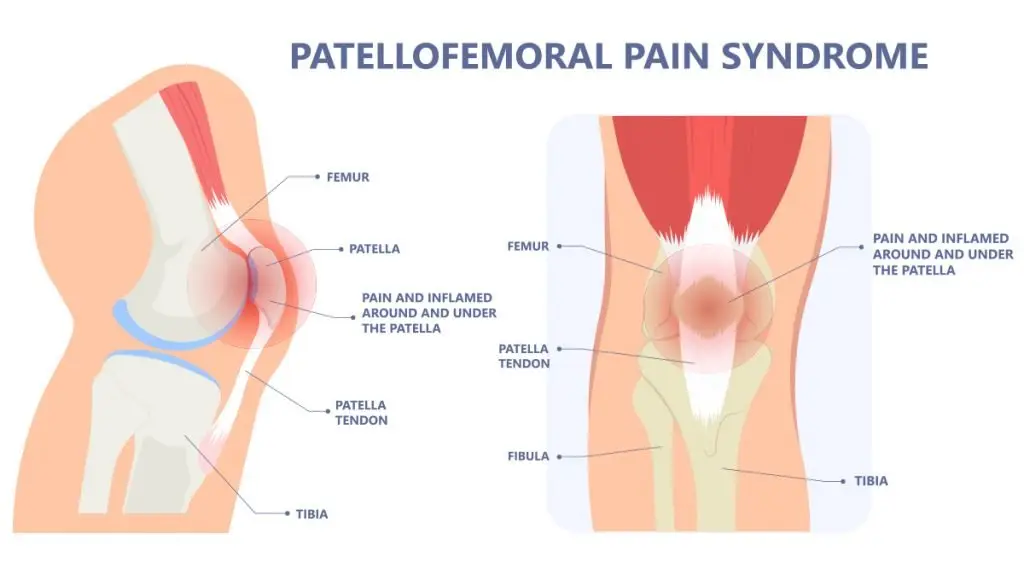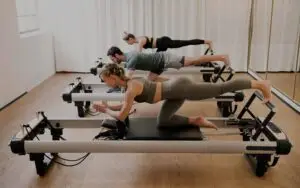One of the most common conditions we come across is Patellofemoral Pain Syndrome (PFPS), often referred to as “runner’s knee” or “jumper’s knee.” This condition can be painful and frustrating for patients, but with proper understanding and a few practical steps, it is possible to rehabilitate the knee and get back to doing what you love, pain-free.
What is Patellofemoral Pain Syndrome (PFPS)?
Patellofemoral Pain Syndrome is a knee condition that primarily affects the joint between the knee cap and the rest of the knee. It is characterized by pain and discomfort in the front of the knee, typically around or behind the kneecap. This pain is often exacerbated by activities such as walking, running, jumping, or climbing stairs.


Causes of PFPS:
- Muscle Imbalances: Weakness or imbalance in the muscles around the knee, especially the quadriceps and hip muscles, can lead to abnormal patellar tracking, causing pain.
- Overuse or Overtraining: Engaging in repetitive activities, like running or jumping, without adequate rest and recovery can strain the patellofemoral joint, leading to pain.
- Poor Biomechanics: Issues with the alignment of the leg bones, such as flat feet or knock-knees, can put extra stress on the knee joint.
This is where our physio team will assess all the above 3 contributing factors to see what is causing your pain. From there we can get rid of it completely
Practical Tips for Managing PFPS:
- Strengthening Exercises: Strengthening the muscles around the knee and hip is crucial for managing PFPS. You will be guided by your physio as to which muscles need to be strengthened.
- Activity Modification: modifying certain activities to allow for adequate healing is important. Then we will integrate you back into everything.
- Patellar Taping or Bracing: We can also tape your knee in a way to improve the movmen to the kneecap which will then reduce the pressure off the knee. This can provide short-term relief and assist with exercise.
Patellofemoral Pain Syndrome can be a challenging condition, but with the right knowledge and practical steps, you can effectively rehab the injury and regain mobility. By focusing on muscle strengthening, activity modification, and the use of supportive measures like taping or bracing, you can take an active role in recovery.
It is important to consult with your physio for a personalised treatment plan for your specific needs and goals.





